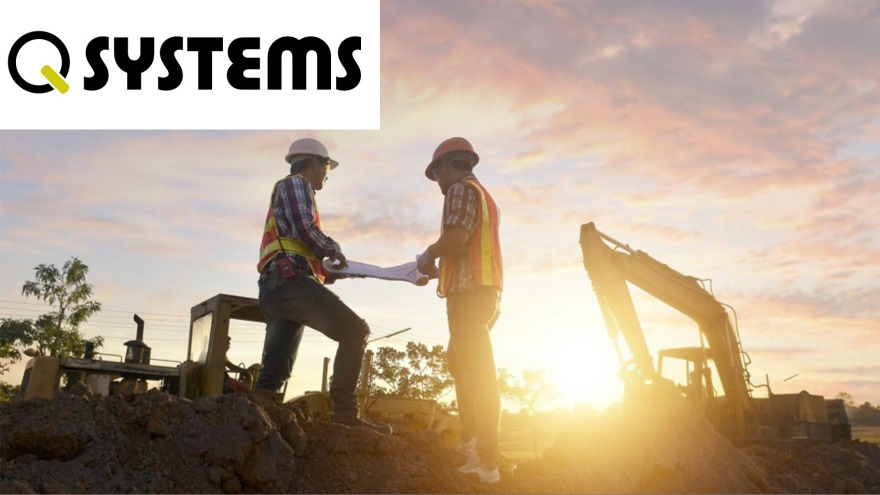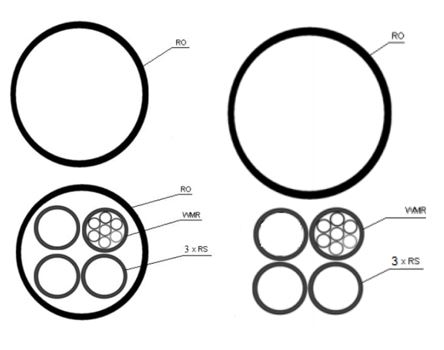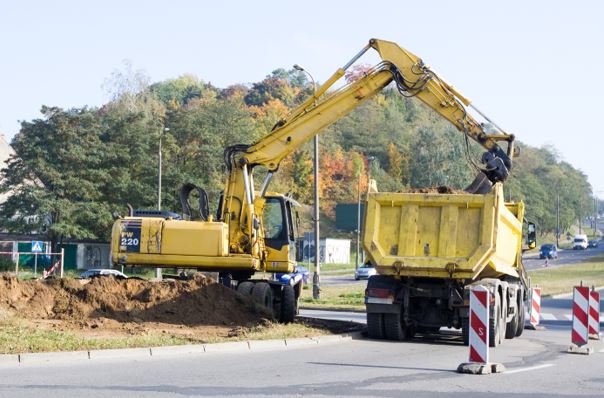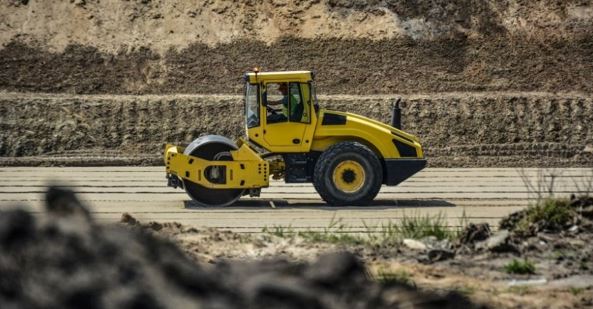One of the inseparable elements of a modern linear investment is telecommunications sewage. This type of solution results in significant savings. By laying cable pipelines during basic works, earthworks and surface restoration can be avoided in the future. If you are a contractor dealing with road investments, be sure to check out our comprehensive guide to technological ducts!

From this article you will learn:
- what is a technology channel,
- what types of technological channels do we distinguish,
- what conditions should technological channels meet.
What is a technology channel?
Quoting the Ministry of Digitization, a technological channel is a sequence of protective housing elements, cable wells and other objects or devices used for the placement or operation of:
- technical infrastructure devices related to road management or road traffic needs,
- telecommunications lines with power supply and power lines, not related to road management or road traffic needs.
The technological channel is therefore an element that allows the creation of underground infrastructure that can be used to route various types of cables. For the purposes of their networks, it is used by, among others, telecommunications operators, energy suppliers and other entities providing cable services in a given area.
The use of a technological channel allows you to reduce the costs related to the road traffic organization project and the occupation of the area for the duration of the works. Work such as pavement demolition, excavation, soil compaction testing, pavement restoration or removal of excess soil also becomes unnecessary. As you can see, the technological channel means very far-reaching savings.
It is therefore not surprising that in 2010, an obligation was introduced to include service channels in the area of new and renovated public roads in Poland. This happened thanks to the Act on supporting the development of telecommunications services and networks.
Check out Q-Systems products at the Onninen wholesaler
Types of technological channels
In 2015, the then Ministry of Administration and Digitization issued a regulation distinguishing between two main types of technological channels:
- Street technological channel - consists of a protective pipe , three fiber optic pipelines and one microcanalization bundle. It is used in areas intended only for pedestrians and cyclists, as well as in parking areas for passenger cars.
- Technological culvert channel - consists of a protective pipe, three fiber optic pipelines and one micro-duct bundle, but these cables are additionally placed in the culvert pipe. The culvert technological channel is used under the construction of road surfaces and hardened roadsides, as well as in parking areas for all types of vehicles.
In summary, the two main types of process ducts differ in their degree of strength. Heavy road traffic requires additional protection in the form of a culvert pipe. In other situations, it is enough to use the street variant.

What conditions should technological channels meet?

The distinction between technological channels into two types is, of course, not the only provision included in the document. The regulation on the technical conditions to be met by technological ducts sets out numerous rules regarding the design, construction and reconstruction of these elements.
The construction of a technological channel should primarily take into account the safety of public road users and the need to protect the environment. It is also necessary to ensure that the entire structure is durable and has a capacity adapted to the expected development of its development. The technological channel should allow for the introduction and exit of telecommunications and power lines that are located outside the road. Moreover, all its elements must be properly secured.
The regulation also states that the technological duct system should guarantee the possibility of installing and operating such elements as:
- telecommunications cables (especially fiber optic),
- electromagnetic lines,
- power and signaling cables,
- devices for managing roads or traffic needs.
In the case of both types of technological channels , fiber optic pipes in the basic profile should be marked with colored stripes to identify them along their entire length . Connections between them should be made in cable wells using appropriate twisted connectors. At the same time, it is worth ensuring that the sections without joints are as long as possible.
The same applies to micropipe bundles, which are connected using appropriate linear housings. In the sections between cable wells, both optical fiber pipes and micropipe bundles should maintain continuity and pneumatic tightness of not less than 1 MPa.
Construction of a street technological channel
In the case of a street service channel , fiber optic pipes and micropipe bundles should be tightly tied with self-clamping ties at intervals of no more than 2 m . If at least two different profiles are used, the gap between them should be 50 mm. The pipe sections are laid without connectors between the wells, possibly in a straight line, on a sand bed with a thickness of at least 10 cm. They are covered with a layer of sifted earth. Casing pipes should be laid over the profiles of fiber optic cables and microtube bundles, while separating them with a 50 mm thick layer of sand. They are connected by welding or external connectors.

Construction of a culvert technological channel
The culvert technological channel system is made using the jacking or directional drilling method. Sections of casing pipes are welded during jacking , and profiles of fiber optic pipes and micropipe bundles are pushed or pulled into them. The cables prepared in this way are placed in the drilled hole. The transit service channel should be terminated in a cable well or storage tank.
Technological channels - overview of the Onninen offer
In our online warehouse you will easily find the materials necessary to build a technological channel. Onninen's offer is addressed to contractors carrying out cable works on public roads and is based on the Q-Systems product range . Its specialists are happy to share their professional knowledge with us, which we, in turn, pass on to Onninen's clients. Therefore, as a contractor, you can count on our help in technical issues that are often raised during new investments involving the installation of technological ducts.
Do you have questions about the industry? Join the Świat Instalacji group!